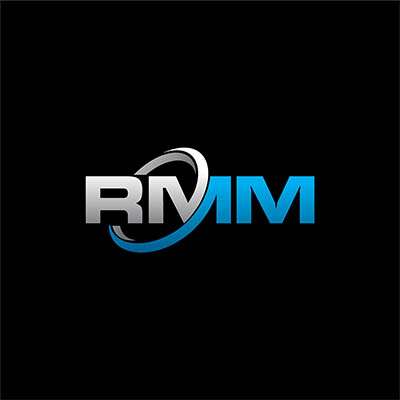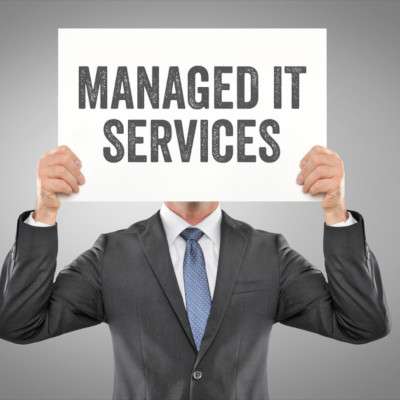We use the term “best practice” a lot… enough that, without an appreciation for what the term actually means, it can start to sound like just another buzzword that the IT guy is using to sound more impressive. We assure you that this is not the case, and that the term “best practice” actually does mean something.
Macro Systems Blog
It is undeniable that businesses have increasingly been relying more on technology. The past year has been especially digital as millions of people were working remotely, many who required some type of technology support. Let's discuss how businesses like ours were able to provide comprehensive IT support to so many people while they worked from home.
If you are a continual reader of our blog, you will notice that “best practices” is a term that is used generously. That is because there are certain ways to go about things when you are working with technology. Let's go over what the term actually means and why they are critical when managing your business.
CEO, business shorthand for Chief Executive Officer; it may be a title that you hold yourself. While the CEO of a company is obviously imperative, it is important to consider what other c-level roles should also be filled. As a technology-centric company, we often consider roles like the CIO, the CTO, and soon enough, the CDO to be just as critical.
Other than their size and the resources at their fingertips, what makes a small to medium-sized business so different from a large, enterprise-sized one? If you really think about it, there isn’t all that much. This is why many SMBs have turned to managed services… to receive IT support comparable to what the large businesses receive.
In the modern competitive business environment, you need all the help you can get. One of the largest advantages you can achieve for your organization is to take advantage of a trusted and reliable managed IT provider that can give your business advice on how to navigate the murky waters of the technology world.
What would you do if you sat down at your desk one morning and found message on your computer claiming that Microsoft has detected a fatal issue with your workstation, and if they aren’t allowed to remote in and fix it, the entire network could be at risk? Would you be able to, in the heat of the moment, recognize it for the scam that it is and ignore it?
















